
Celebrating 20 Years of Excellence with Artisan Environmental
Artisan Environmental recently marked two decades of delivering specialist asbestos consultancy, inspection and health &
Health and Safety Software » PPE Management » Noise Exposure in the Workplace
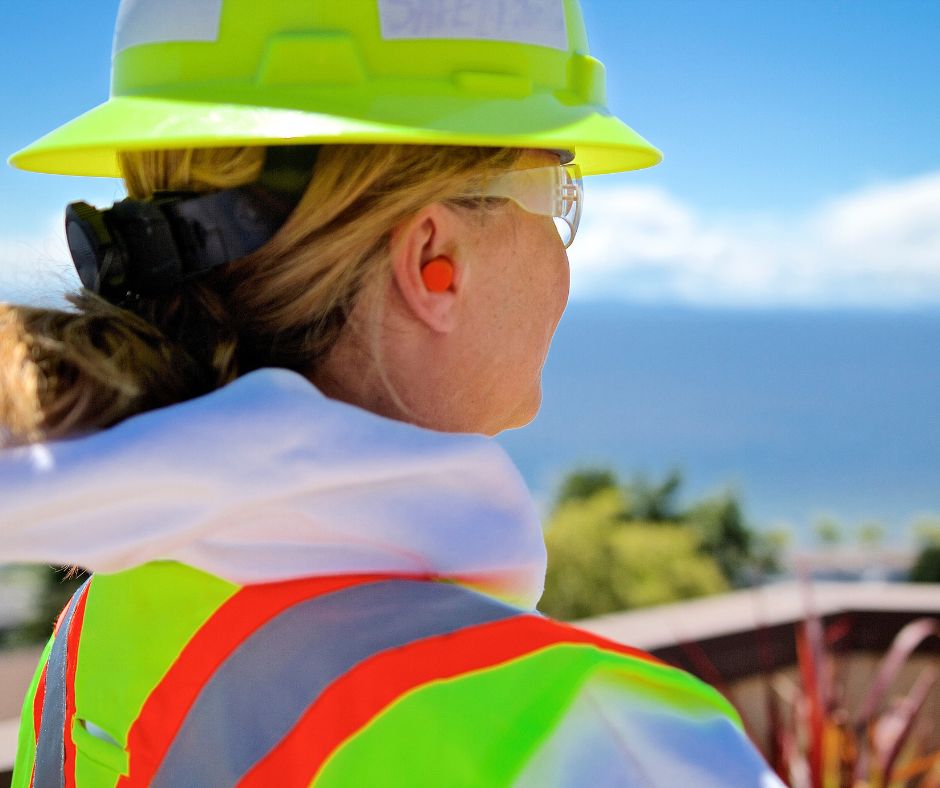
Persistent noise at work could more than double the risk of heart disease, a study by researchers at the University of British Columbia suggests. A further report from the World Health Organisation (WHO) identified a chronic 50dB night-time level (i.e., a persistent level at 50dB) as being sufficient to cause strain on the cardiovascular system. In many countries, levels of 80dB are considered acceptable, which leads us to believe that current occupational noise levels could be a more serious issue than previously thought.
Current health and safety legislation places a duty on employers to ensure that workers’ hearing is protected from excessive noise at their workplace, which could cause them to lose their hearing and/or to suffer from tinnitus.
Before even thinking of reducing noise to much lower levels, it is essential that companies begin by implementing a hearing conservation programme, as this will form the foundations of any future noise-reduction efforts. This is a process that involves three main parts, all of which must be effectively implemented for the system to work: health surveillance, risk assessment and noise control.
Health Surveillance
Finding out who among their workforce is at heightened risk will require employers to carry out health surveillance for noise-induced hearing loss, which means conducting hearing tests. Questionnaires and interviews will form part of a comprehensive testing programme, together with audiometry. The results of audiometric testing should trigger specific assessments, which, in turn, should guide the process of control and the use of Personal Protective Equipment (PPE).
Risk Assessment
Assessing the risk of injury to an employee from noise involves working out how much noise they are being exposed to.
Noise Control
Noise should always be reduced so far as is reasonably practicable, irrespective of the legal thresholds at which certain action should be taken, or whether or not hearing protection is used.
There are some actions that employers can adopt, which can yield significant results.
These actions should be followed until an air-tight system which stops people suffering from hearing problems due to their work is achieved.
Arrange your demonstration
Let us show you how we can transform your compliance management
Choose a date and time for your demo (no obligation) and we will be in touch.

Artisan Environmental recently marked two decades of delivering specialist asbestos consultancy, inspection and health &
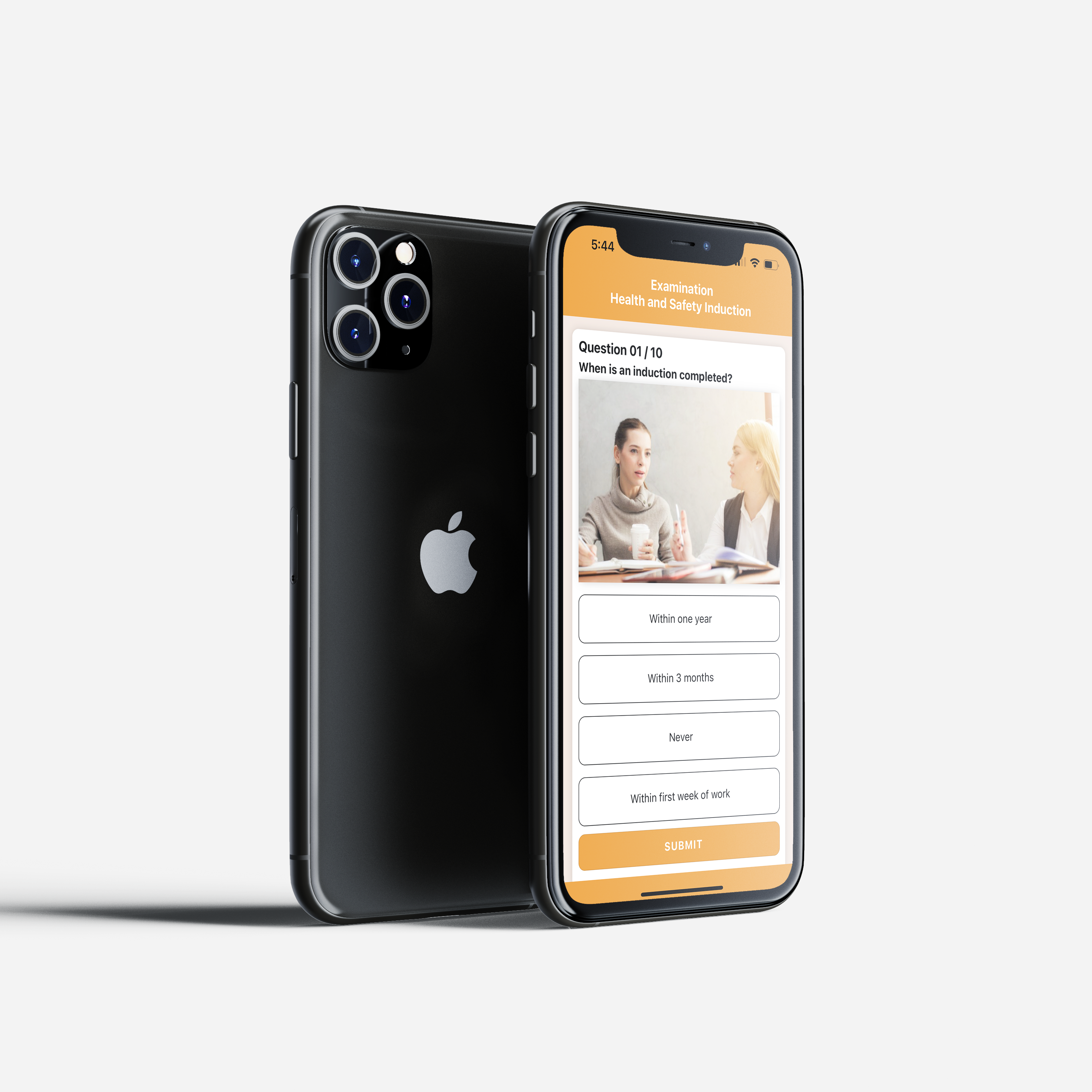
iCertifyU is an App which provides free eLearning for everyone, whether you are an employee,
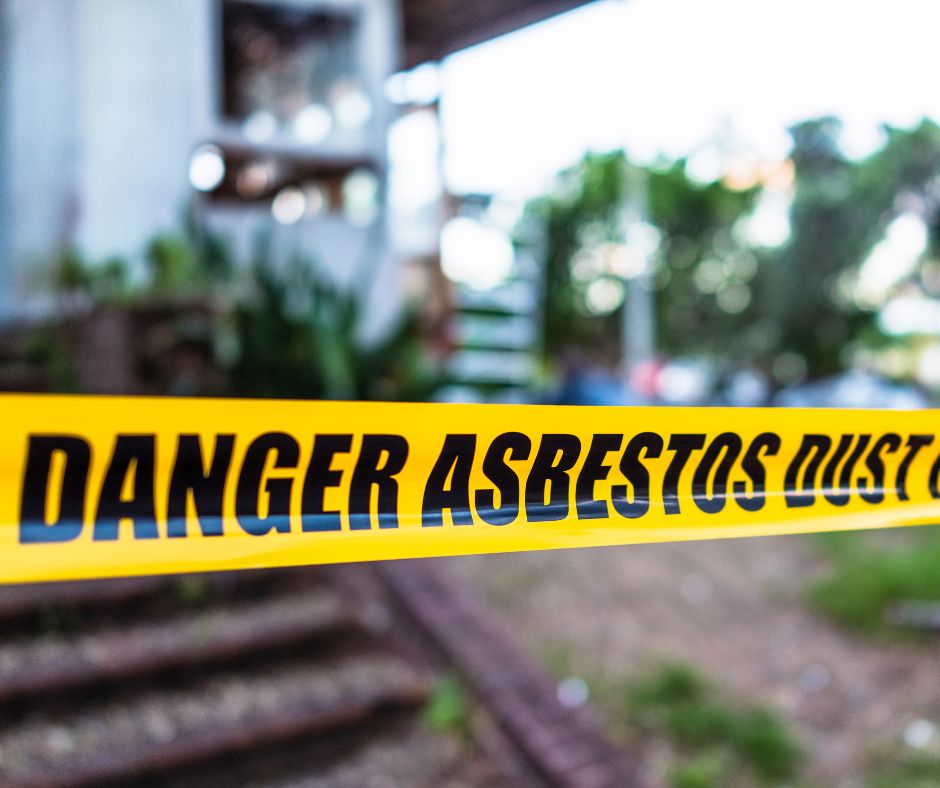
According to recent research, almost half of UK tradespeople view asbestos as a problem of

31st October 2025 represents the deadline for organisations to transition their Information Security Management System
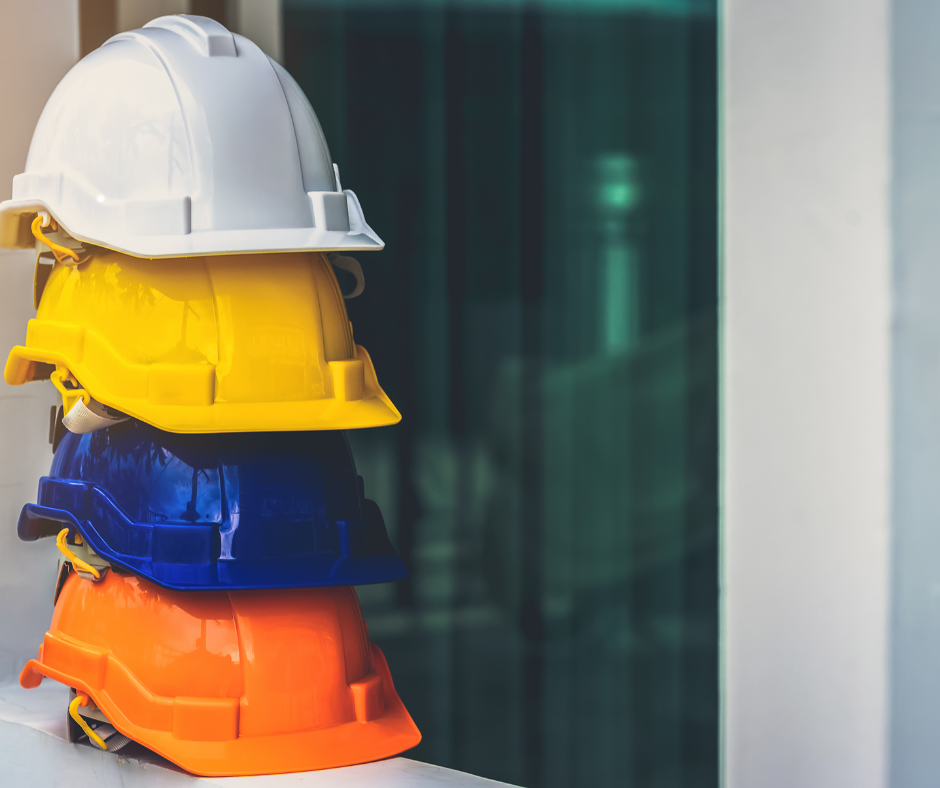
According to a recent head protection survey, only 15% of workers who should be wearing
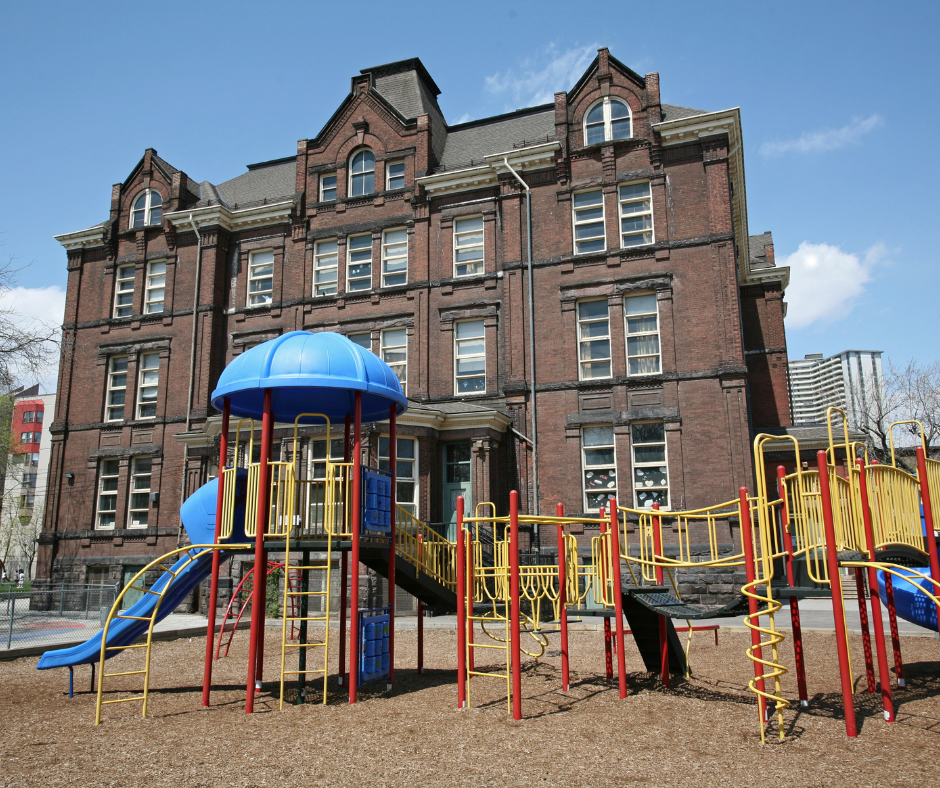
The safety of school/college grounds and external areas is paramount. By implementing regular inspections, maintenance,